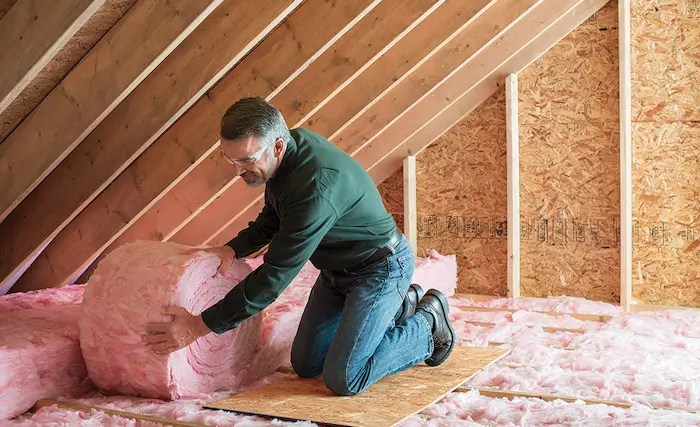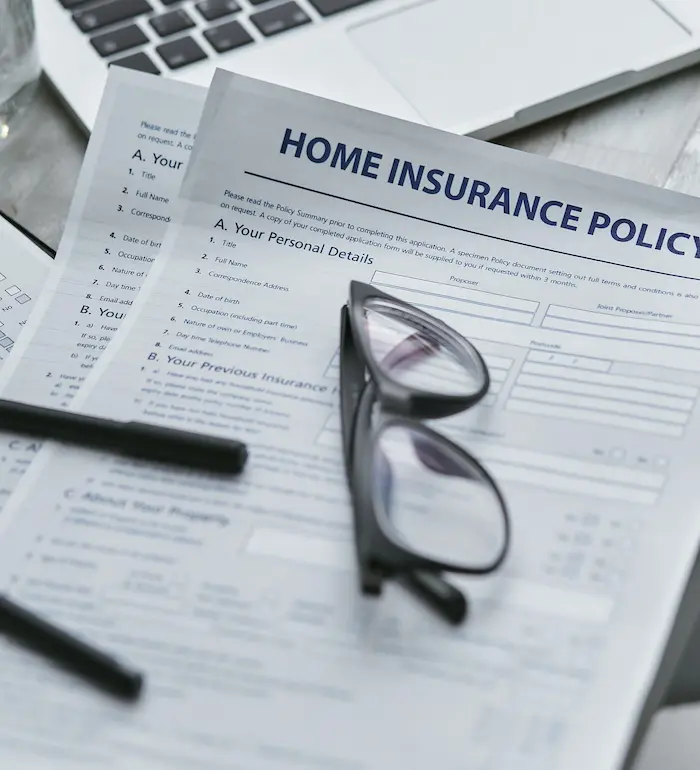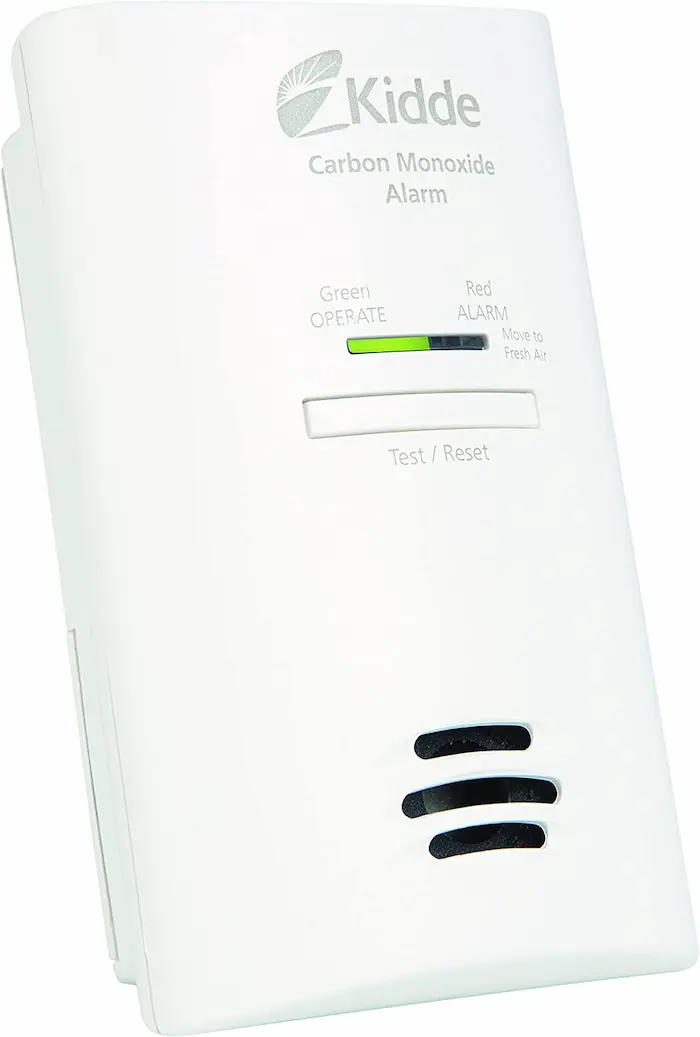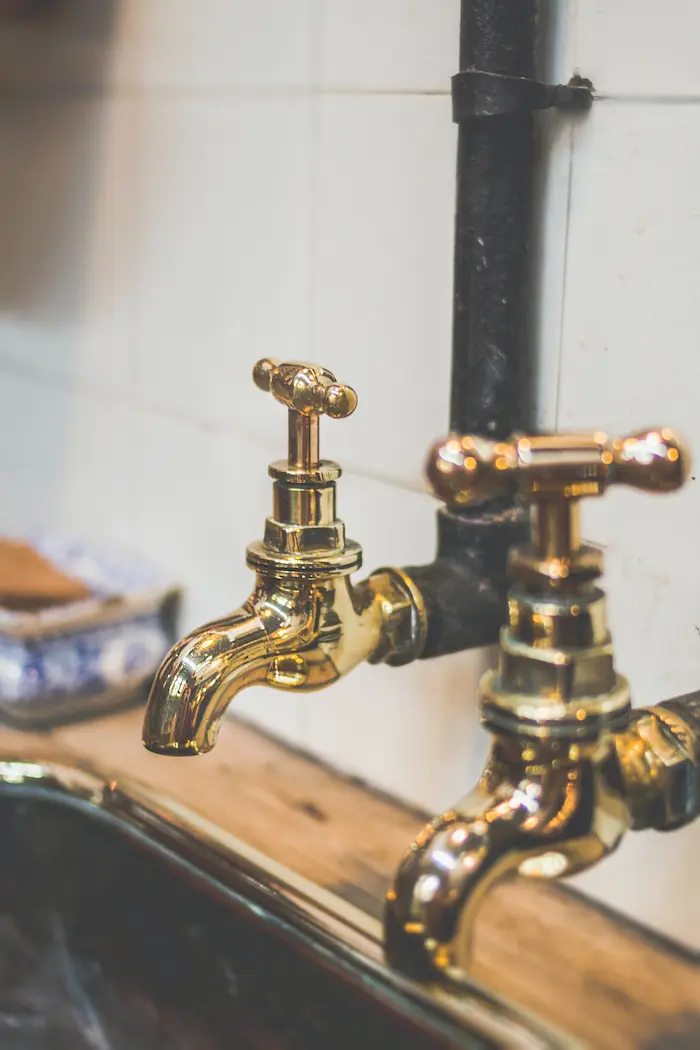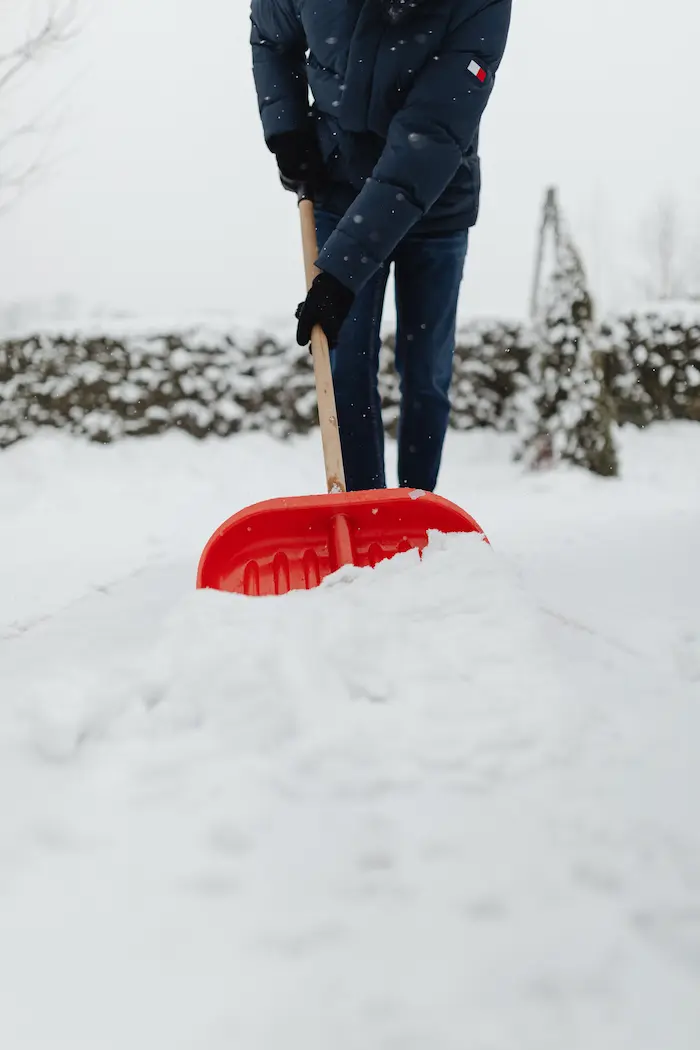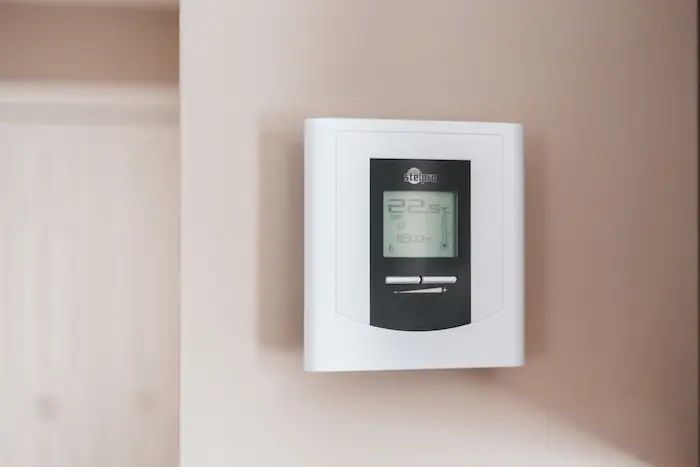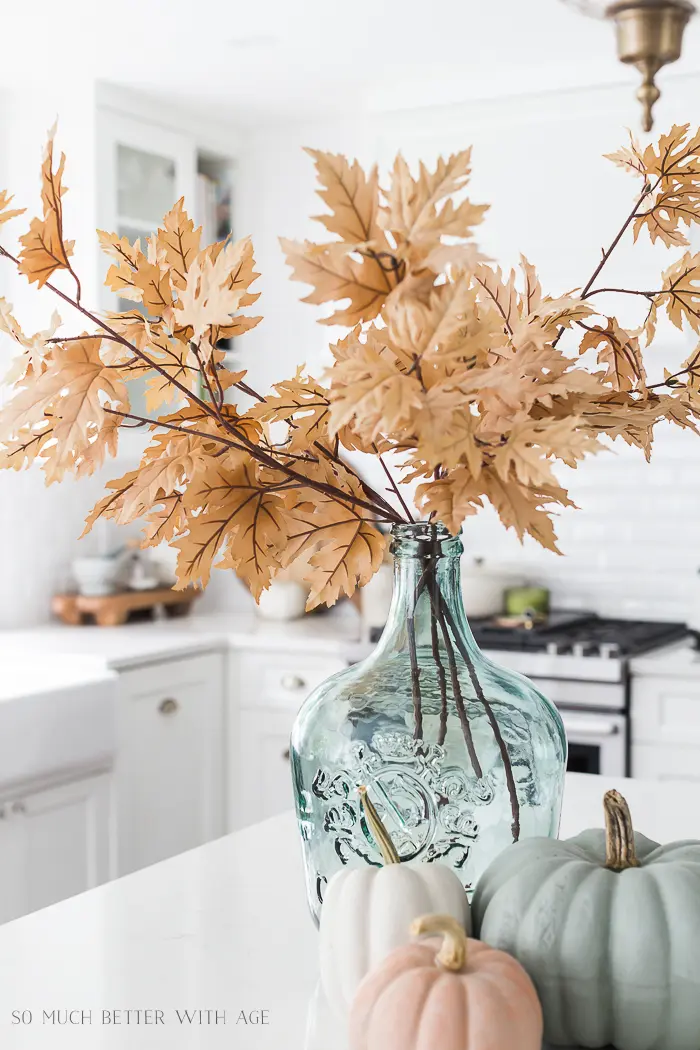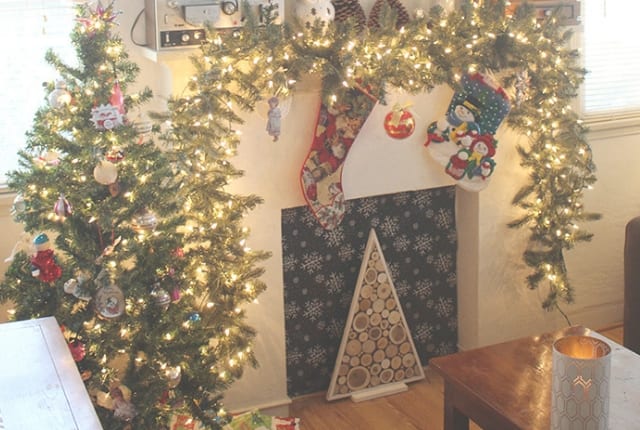7 Essential Steps to Winterize Your House and Protect Against Cold Weather
As the colder months of winter draw near, it becomes increasingly vital to take proactive measures in preparing your home to withstand the plummeting temperatures and unpredictable weather conditions that lie ahead. Winterizing your house is not merely about ensuring your personal comfort and coziness; it also serves as a safeguard against potential damages that could arise from the harsh winter elements.
Moreover, by implementing these essential steps that we’ll delve into throughout this comprehensive blog post, you’ll not only create a warm and inviting environment but also reap the rewards of significant energy savings. So, let’s delve deeper and explore the seven indispensable steps you need to take to effectively winterize your beloved home.
From insulating your home to safeguarding against plumbing issues, we’ve got you covered. So let’s dive in to learn how to winterize a house!

This how to winterize a house post contains some affiliate links. I may earn a small commission if you make a purchase through one of these links. See more information in my full disclosure policy.
Step 1: Insulate Your Home for Optimal Comfort and Energy Efficiency
Proper insulation is key to keeping the cold air out and the warm air in during winter. Inspect your home’s insulation, paying close attention to areas like the attic, walls, and windows. Seal any gaps or cracks with weatherstripping and caulk, and consider adding insulation where needed. This simple step will not only enhance your comfort but also save you money on heating bills.
Step 2: Ensure Home Insurance Coverage for Added Protection
Before winter arrives, it’s wise to review your home insurance policy to ensure it covers potential winter-related damages. Check if your policy includes protection against issues like burst pipes or roof collapses due to heavy snow. If necessary, consult with your insurance provider to update your coverage accordingly, giving you peace of mind throughout the winter season.
Step 3: Install Carbon Monoxide Detectors for Safety
Carbon monoxide (CO) is a silent, odorless gas that can be extremely dangerous if undetected. To safeguard your family’s health, install carbon monoxide detectors on each level of your home, especially near bedrooms and common areas. Remember to test the detectors regularly and replace the batteries as needed. It’s a small but essential step to ensure your home is safe during the winter months.
Step 4: Protect Your Plumbing System from Freezing
Frozen pipes can be a nightmare during winter, leading to potential leaks, bursts, and costly repairs. To prevent this, insulate exposed pipes with pipe sleeves or heat tape. Additionally, locate your main water supply valve and learn how to shut it off in case of emergencies.
Finally, drain any outdoor water lines, including sprinkler systems, and garden hoses, and disconnect the hoses. These precautions will go a long way in protecting your plumbing system. It will also help to prevent flooding from faucets and mold and mildew from forming.
Step 5: Winterize Your Outdoor Spaces
Don’t forget about your outdoor spaces when preparing for winter. Clean out your gutters from leaves that have accumulated, and store your patio furniture, grills, curtains, and outdoor decorations in a dry place to prevent damage from snow or moisture.
Trim any overhanging branches that could potentially fall on your home during a winter storm. Lastly, consider investing in snow shovels or snow blowers and ice melt to keep your walkways safe and accessible.
Step 6: Properly Maintain Your Heating System
A well-functioning heating system is crucial for a comfortable winter. Schedule a professional HVAC inspection to ensure your furnace or heat pump is in optimal condition. Replace air filters regularly, as clogged filters can restrict airflow and reduce efficiency.
If you have a fireplace, have it inspected and cleaned by a certified chimney sweep. These steps will keep your heating system running smoothly throughout the season.
Step 7: Optimize Energy Efficiency with a Programmable Thermostat
Save on energy costs by installing a programmable thermostat. Set it to lower the temperature when you’re away or sleeping, and schedule it to increase the temperature before you wake up or return home. This way, you’ll enjoy a cozy environment when you need it, while reducing energy consumption during idle periods.
It’s a smart and eco-friendly solution for maintaining a comfortable home during winter. Plus, it will put less stress on your HVAC system and your heating system. Last but not least, it will help you save money!
By following these seven essential steps, you’ll be well-prepared with how to winterize your house and protect against cold weather effectively.
Insulating your home, ensuring proper home insurance coverage, installing carbon monoxide detectors, safeguarding your plumbing system, winterizing outdoor spaces, maintaining your heating system, and optimizing energy efficiency with a programmable thermostat are all vital aspects of a comprehensive winterization plan. Don’t let the cold catch you off guard – take action now to create a warm, safe, and comfortable haven for you and your loved ones this winter season. Stay cozy!
If you liked this post about how to winterize a house, you might also enjoy:


